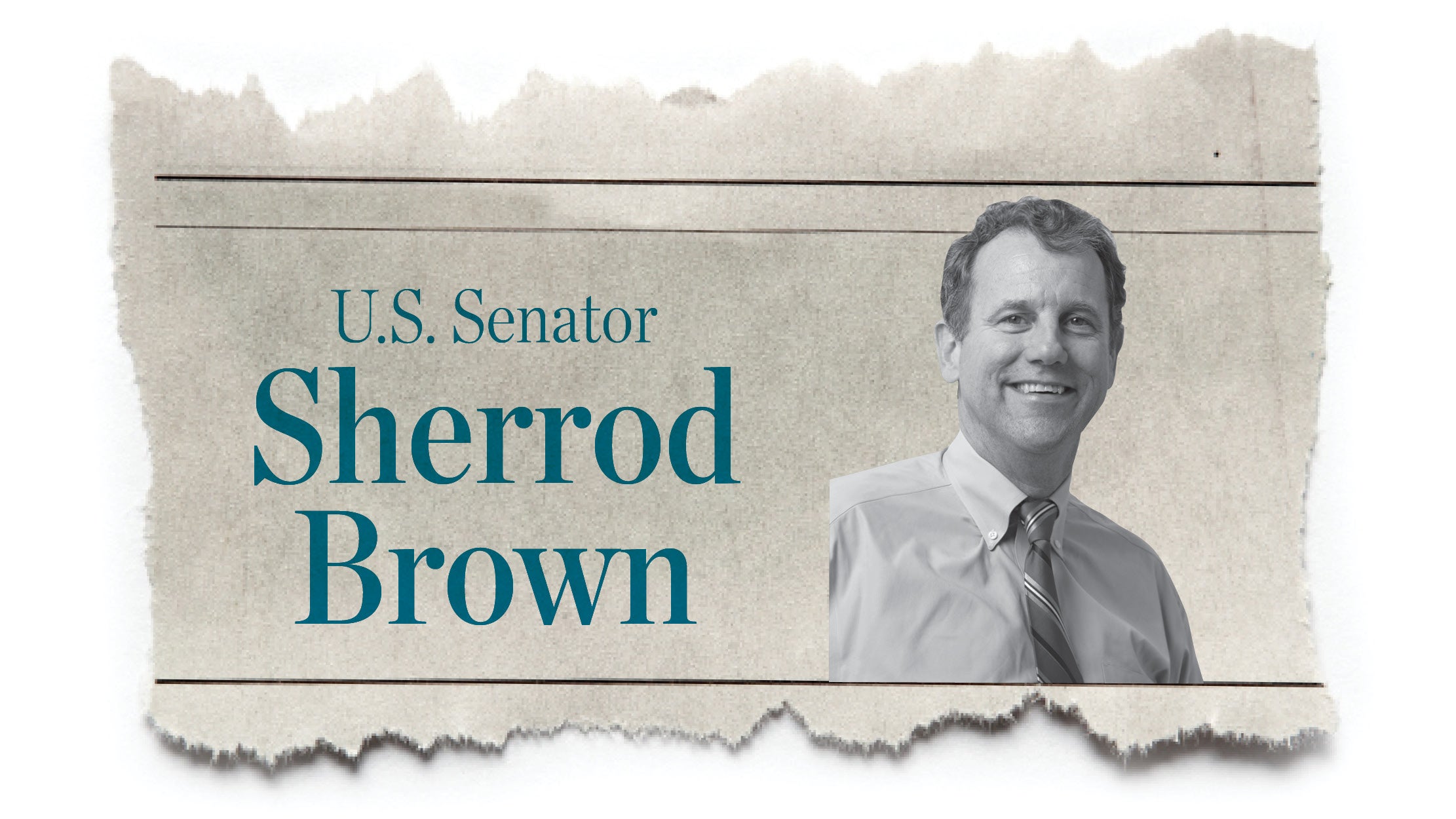With few revenue options, city must cut
Published 12:00 am Sunday, January 8, 2012
It is that time of year again when things get frosty and everything seems to get cooled off.
No, I don’t mean winter. I mean Ironton government’s budget talks.
The city is facing some difficult choices as it tries to bridge the gap between not-so-gradually declining revenue and rapidly growing expenses.
Lots of ideas will kicked around in coming weeks.
Revenue may the hardest area to move the needle, so to speak, but it is the easiest to discuss because there are really only two options.
Reciprocity. It sounds like a word that could trip someone up in a spelling contest but it could actually spell relief for the city of Ironton.
Or at least it could if the city council takes the time to fully understand it and then, most importantly, shows the courage to make an unpopular decision.
This two dollar word becomes an issue every few years when the city’s dollars start to run short. That is the case once again.
And, as councilman Mike Lutz pointed out, reciprocity could be a solution.
It is somewhat confusing but here are the nuts and bolts.
Ironton has a 1 percent income tax, the highest percentage allowed unless changed by a vote of the people. Results of recent tax levies show that is unlikely to happen so that option shouldn’t be looked at as a viable solution, for that and other reasons.
Under Ohio law, individuals pay income taxes where they work but can also be asked to pay this tax in the community in which they live.
Ironton has had a reciprocity law in place for decades that many believe was instituted to avoid double taxation in a Tri-State area that means a significant number of residents will likely work in another city or state.
This law outlines that citizens who work in a municipality that has an income tax up to 1 percent would be absolved of paying the city of Ironton’s 1 percent income tax as well.
In 2004, with a split vote by the city council, the reciprocity agreement was reduced to a 50-percent plan. This mean that those working in communities with an income tax — Ashland, Ky., and Portsmouth are two good examples — are required to pay 50 percent of Ironton’s income tax.
The theory behind this approach was that individuals who live inside the city but work elsewhere should still be required to help the city operate and pay for services that don’t have specific fees associated with them.
Police protection and having streets to drive on are two key examples.
The other option to raise revenue is to increase the city’s municipal fee currently set at $8.
This is an equally unpopular plan but may the most fair because it requires virtually all residents to pay for the services they receive, unlike either of the income tax changes that would put the burden solely on those who are working. Retirees and those receiving government assistance have to be part of the solution, too.
Expenses become a far harder discussion because almost all the changes will impact the level and quality of services.
The city has to look at its employees’ benefit packages. This should be the top priority. Employees only pay 5 percent for health insurance, an almost unheard of number. This has to be increased to at least 15 percent, which is still low even among government standards.
Some of the other changes being talked about include using 911 for police dispatching, merging health departments and more.
None of these changes will be easy, but everything has to be on the table. The city has to live within its means.
Revenue growth has to be part of the equation but only after the city has done everything it can to get its expenses in order.
Michael Caldwell is publisher of The Tribune. To reach him, call (740) 532-1445 ext. 24 or by e-mail at mike.caldwell@irontontribune.com.





